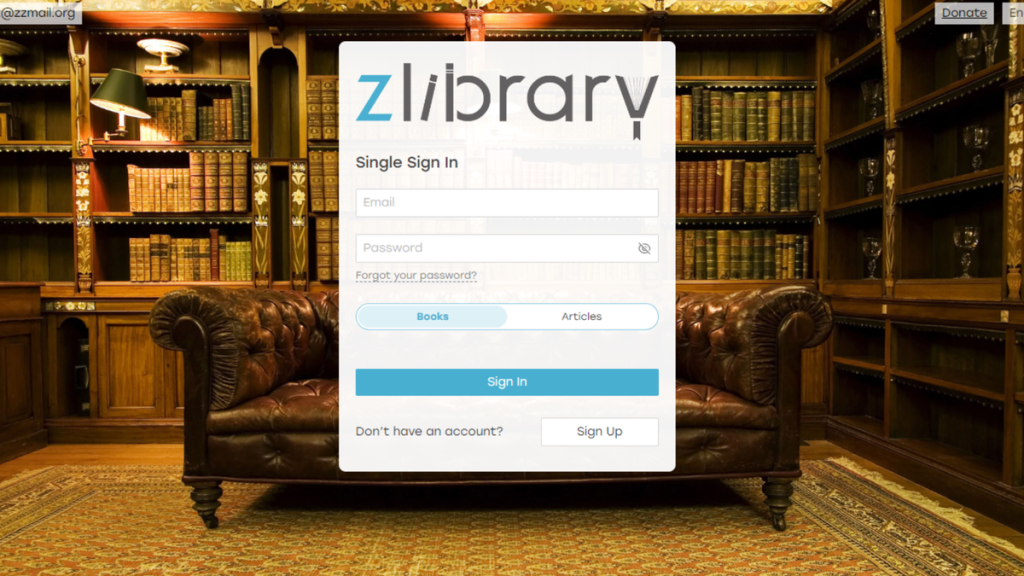Introduction:
In the fast-paced digital age, where the volume of data generated and consumed is ever-expanding, efficient data handling becomes paramount. One of the key players in this domain is the Z Library, a versatile and powerful tool for data compression. In this blog post, we will explore the fundamentals of the Z Library, its applications, and the impact it has on various industries.
Understanding Z Library:
Z Library, short for zlib, is a widely-used software library that provides data compression and decompression capabilities. Developed by Jean-loup Gailly and Mark Adler, zlib is an open-source library that implements the Deflate compression algorithm. It is designed to be lightweight, portable, and efficient, making it a popular choice for a wide range of applications.
The Deflate algorithm, at the core of z lib, combines the LZ77 algorithm and Huffman coding to achieve compression. LZ77 identifies repeated sequences of data, while Huffman coding assigns variable-length codes to input characters based on their frequency. This combination allows zlib to achieve high compression ratios with relatively fast decompression speeds.

Applications of Z Library:
- Web Development: Zlib is extensively used in web development for compressing HTTP content. By reducing the size of web pages, images, and other resources, zlib helps improve website loading times, contributing to a better user experience. This is particularly crucial in an era where users demand instant access to information.
- File Archiving: Many file archiving tools, such as gzip and tar, leverage zlib for compression. This is evident in widely-used file formats like .tar.gz, which combines the tar archiving utility with zlib compression. The result is smaller file sizes for storage and faster data transfer.
- Database Management: Zlib finds applications in database management systems where data compression is essential for optimizing storage space and speeding up data retrieval. By compressing data before storage, databases can handle larger volumes of information without sacrificing performance.
- Gaming Industry: In the gaming industry, where large amounts of data, including textures and 3D models, need to be stored and transmitted, zlib aids in compressing these assets. This not only reduces storage requirements but also enhances the efficiency of game installations and updates.
- Network Protocols: Zlib is a go-to choice for compressing data in various network protocols. By reducing the size of data packets transmitted over networks, zlib helps save bandwidth and accelerates communication between servers and clients.
Impact on Efficiency:
The efficiency of Z Library lies in its ability to strike a balance between compression ratio and decompression speed. While achieving high compression ratios is crucial for minimizing storage requirements and bandwidth usage, fast decompression is equally important for real-time applications and responsive user experiences.
In Conclusion:
Z Library, with its implementation of the Deflate compression algorithm, has become a cornerstone in the realm of data compression. Its applications span across diverse industries, from web development to gaming, demonstrating its versatility and effectiveness. As we continue to generate and handle vast amounts of data, the role of efficient compression tools like Z Library becomes increasingly vital in ensuring optimal performance and resource utilization.